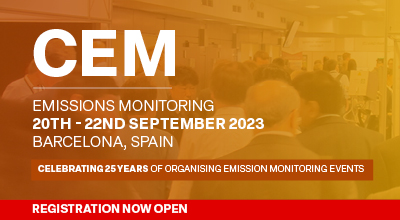| Abstract Title: | North American and European approaches to CEMS DAHS quality assurance and control |
| Presenter Name: | Mr Serge Bays |
| Company/Organisation: | Limesoft Inc. |
| Country: | Canada |
Abstract Information :
Importance of air pollution management is increasing for many industries around the world due to factors such as lower emission limit targets, stricter regulations, and implementation of various carbon trading and data reporting programs. CEMS are used to provide an accurate measurement of these emissions. We have seen many advances in gas analysis techniques in order to keep up with these demands, however the data management aspect is often overlooked. Data quality control and assurance is critically important as failure to accurately measure emissions can result in the facility underestimating pollution levels and facing considerable fines. The two main regulatory drivers around the world are North America (US EPA 40 CFR Part 60/75) and Europe (IED) from which many local jurisdictions derive their rules. In North America, US EPA CFR 40 Appendix F to Part 60 and Appendix B to Part 75 define Quality Assurance and Control (QA/QC) procedures and requirements for CEMS used for compliance determination. In Europe, the Industrial Emissions Directive (IED)(2010/75/EU) requires compliance with CEN (European Committee for Standardization) standards for Quality Assurance (QA) of CEMS. EN 14181 describes the quality assurance procedures for CEMS hardware, also referred to as Automated Measuring Systems (AMS), and defines three quality assurance levels: qal1, qal2, qal3, however it explicitly excludes the DAHS, and as a result there is a lot of variation in how emissions data is handled between various member states. Many European countries have implemented their own CEMS regulations (ex. German Uniform Practice in monitoring emissions) that reference EN standards but add additional rules and complexity. There are currently two certifications schemes: UK MCERTS and German TUV. EN 17255 is a new European Standard, still under development as of Nov 2019 and Part 1 released, meant to harmonize emissions data handling requirements and ensure the quality of DAHS software across the EU as well as provide a common certification standard (similar to how EN 15267 is used for qal1 of AMS hardware). This new standard will improve the overall quality of CEMS packages by ensuring a uniform standard across Europe, address security issues, enable manufacturers to certify systems, and provide regulators with consistent data for a more streamlined auditing.

